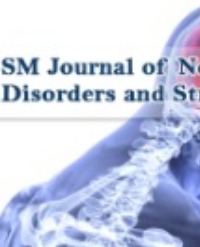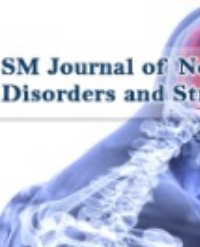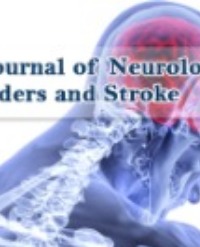
Dysfunction of Astrocytic Syncytium in Neurological Disorders
In the nervous system, astrocytes are organized to form a giant syncytium through gap junctions, which are intercellular membrane channels. This organization by gap junctions is rarely seen in mature neurons and provides the basis for the difference in function between astrocytes and neurons. Astrocytes use gap junctions to redistribute molecules[1]and, more importantly, to confer is potentiality on the syncytium[2], thus providing homeostatic function, including the clearance of elevated K+ and glutamate in extracellular space. Whether or how dysfunction of astrocytes syncytium causes neurological disorder is still uncertain despite extensive studies. This brief review focuses on recent neurological disorder findings and provides a view about is potentiality in an astrocytic syncytium and its relation to disorder based on these findings.
Baofeng Ma*, Shiying Zhong


